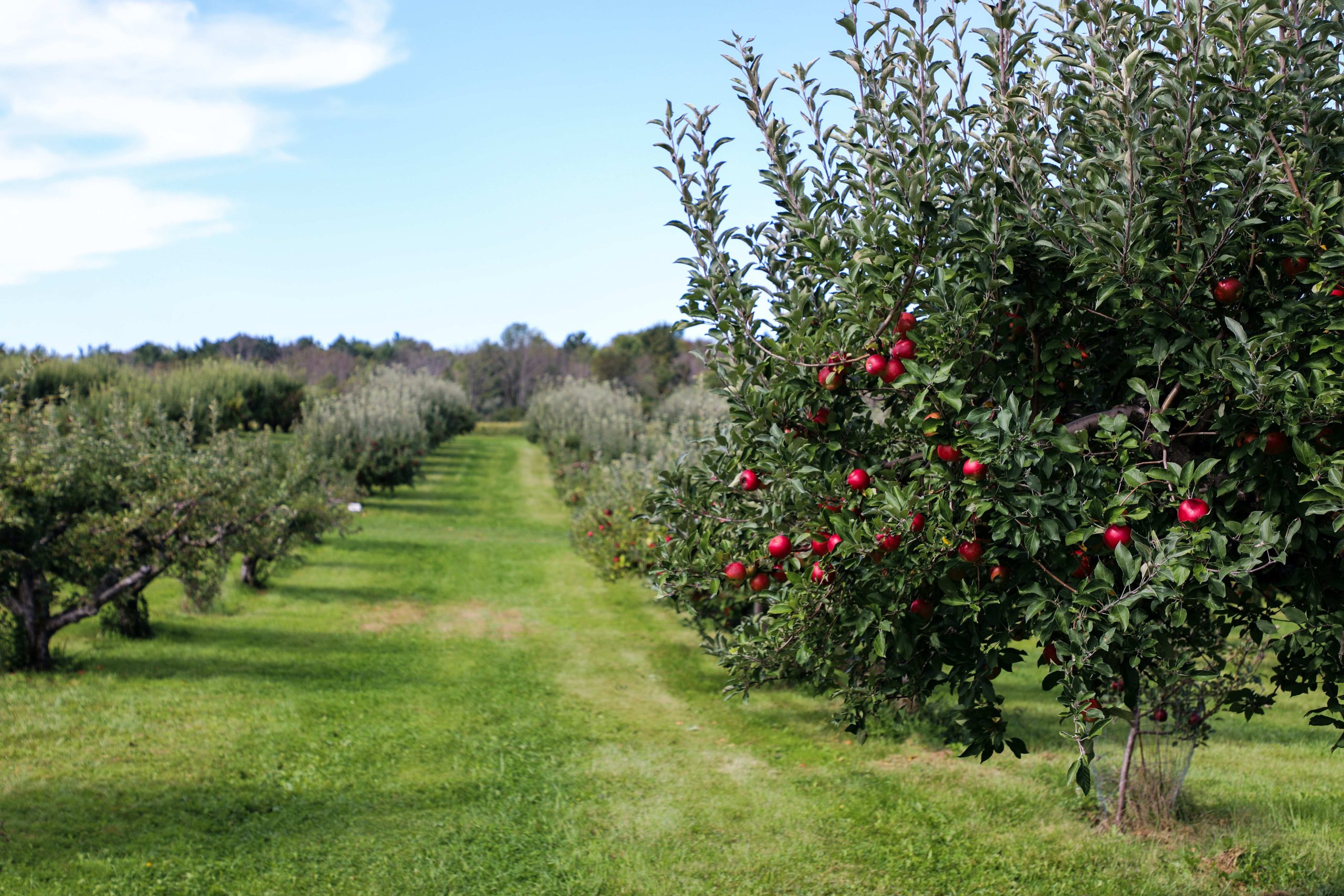When raising modern plantations, the choice of rootstock for apple is reduced to reducing the lushness, which is achieved by a good choice of rootstock. A good choice of fruit substrate is the first prerequisite for successful fruit production.
The growth and development of the apple, its lushness, longevity, tree fertility and fruit quality depend on the type of substrate. There are also substrates resistant to unfavorable environmental conditions and those resistant to diseases and pests. Proper selection of the substrate can make the best use of the edaphic conditions for growing apples.
Among the generative rootstocks for apples, wild apple seeds (lat. Malus sylvestris) stand out. An apple grown on seed pods begins to bear fruit sometime in the 5th year, and the whole tree can live up to 100 years, which is impossible to achieve in intensive orchards with weakly lush undergrowth. An apple grafted on a wild apple seed is very lush and long-lived and is recommended for cultivation only on soils of very poor quality and for growing solitary trees.


In the case of vegetative substrates, there are a large number of clones and types of individual species. They are grown vegetatively. According to lushness, they are divided into very lush, lush, medium lush and weakly lush substrates.
Very lush vegetative rootstocks for apple are M 16 and M 25. Both are used for raising semi-intensive or extensive plantations and are not important here.
Lush vegetative rootstocks for apple are A 2, M 1, M 11 and MM 109. Of the listed, only rootstock A 2 (Alnarp 2) is important for us. It was bred in Sweden in 1920, and has been in commercial production since 1944. It is one of the highest quality lush substrates that do not need reinforcement. It takes root well and thrives on heavy, light and sandy soil. Despite the exuberance, it enters puberty early. It is suitable for planting in windy areas where winters are harsh and at higher altitudes. 450 to 850 trees/ha are grown.
The medium lush vegetative rootstocks are M 2, M 4, M 7, MM 104, MM 106 and MM 111. The most important of all mentioned is MM 106. The rootstock MM 106 (Malling – Merton 106) was grown in England by crossbreeding and cooperation of two institutes: East Malling, Maidstone (Kent) and John Innes Horticultural Institution (Merton). It has been in commercial production since 1952. This substrate takes root well and does not need reinforcement. It grows up to 4 m in height. It is used for dense planting. It is suitable for poorer soils, and for more fertile soils, varieties with weak or medium vigor are recommended when 800 to 1,300 trees/ha can be grown. It is resistant to blood louse (Eriosoma lanigerum), but is sensitive to apple powdery mildew (Podosphaera leucotricha) and magnesium deficiency in the soil.


Weakly lush vegetative substrates include M 26, M 9, M 9 EMLA, M 9 T 337 (NAKB) and M 27. Of these, the M 9 substrate (Malling 9) is definitely the most significant. It is a vegetative substrate that is most often used for apple, especially in intensive or plantation plantations in a dense setting. It has been in production since 1917. It is more lush than the rootstock M 27, and less lush than M 26. It grows up to 3 m in height. Due to its shallow, brittle and underdeveloped roots, it needs reinforcement. It looks for fertile and permeable soils. The apple on M 9 bears fruit early, bears abundantly and produces large and well-colored fruits. In dry years, it requires irrigation. It is suitable for grafting medium or lush apple varieties (Gloster, Jonagold, Elstar, Mutsu, etc.). It is sensitive to frost and bacterial blight (Erwinia amylovora). It is subject to the formation of root shoots. The lifespan of apple trees on this substrate is 20 to 25 years. In modern dense plantations grown on M 9, 2,500 to 5,000 seedlings/ha are grown, and may be more (super slender spindle).
Let’s also mention the substrate M 26 (Malling 26), which also belongs to the weakly lush vegetative substrates. This rootstock was grown in England in 1929 by crossing the rootstocks M 16 x M 9. It has been in commercial production since 1959. It is between the rootstocks M 9 and M 7 in terms of vigor (more towards M 7). It grows up to 3 m in height. Its rooting is better than the substrate M 9, so some varieties can be grown without reinforcement, except in windy positions where reinforcement is recommended. It tolerates heavier soils better than M 9. It comes into fruit early and produces fruits of good size and color. It is resistant to frost, but is sensitive to bacterial blight (Erwinia amylovora). It is suitable for grafting weak apple varieties, so it has been used more and more recently. In modern dense plantations, 1,000 to 1,800 trees/ha are grown (especially if grafted 30 to 40 cm from the ground).













































